On a recent trip to the United States, I met a Ford Mustang-owning Texan who didn’t much like electric cars, but “I hear there’s an electric Mustang coming, so maybe I’ll like that.”
I fear he may be disappointed by the new Mustang Mach-E: there’s a big difference between an electric Mustang and an electric SUV ‘inspired’ by the muscle car.
Still, the Mustang Mach-E shows promise. To my eyes – and I should say I reckon it looks better in the metal than it does in images – it echoes the muscle car’s style without resorting to pastiche, managing to look relatively sleek for a large electric SUV.
It’s certainly more desirable than, say, a Kuga EV would be – and that’s exactly what Ford is counting on. The huge success of the latest Mustang has shown the value and heritage built up in the nameplate and badge – which is arguably stronger than Ford’s own Blue Oval.
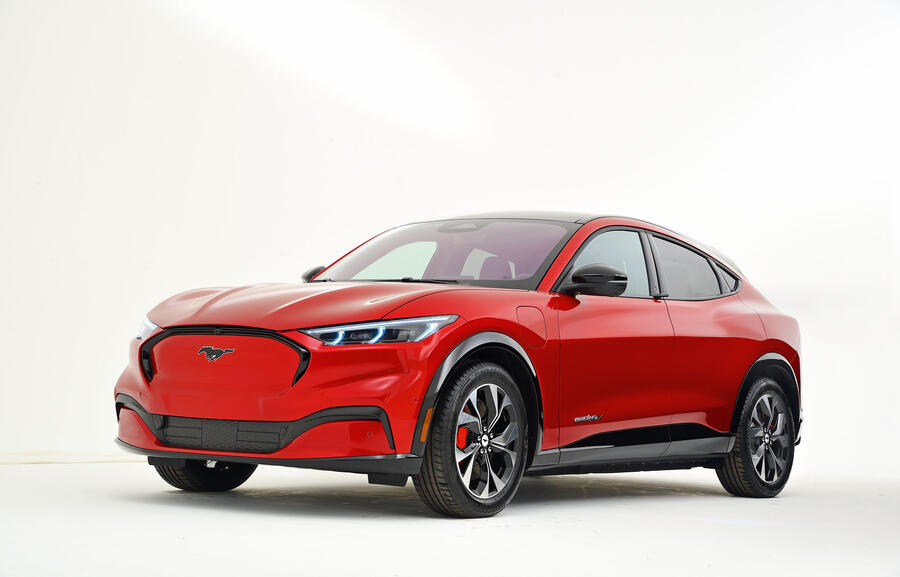
There’s a reason the Mustang survived the cull of Ford’s non-SUV and pick-up models in the USA, and it’s also proving increasingly popular in Europe. Such is the value of the pony badge that the Mustang also appeals to a level of customer that other Ford models can’t: how many of the firm’s other models can legitimately be called Porsche rivals?

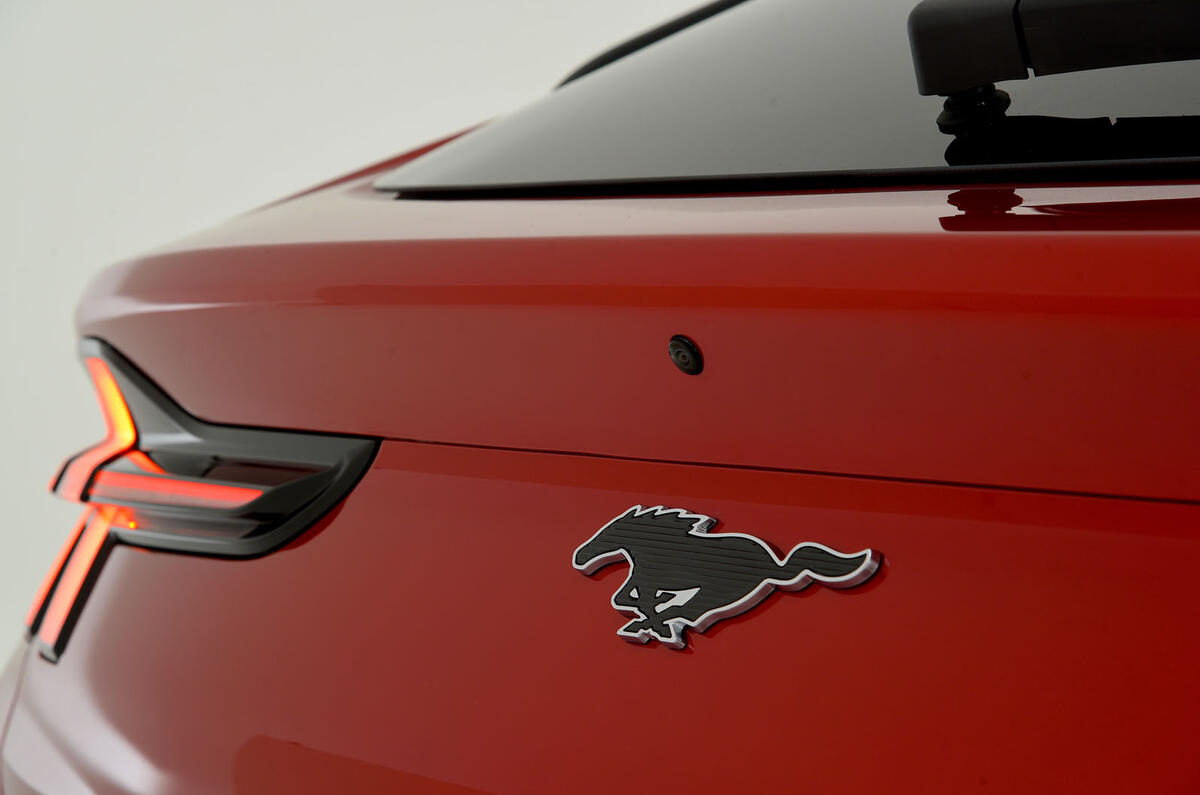
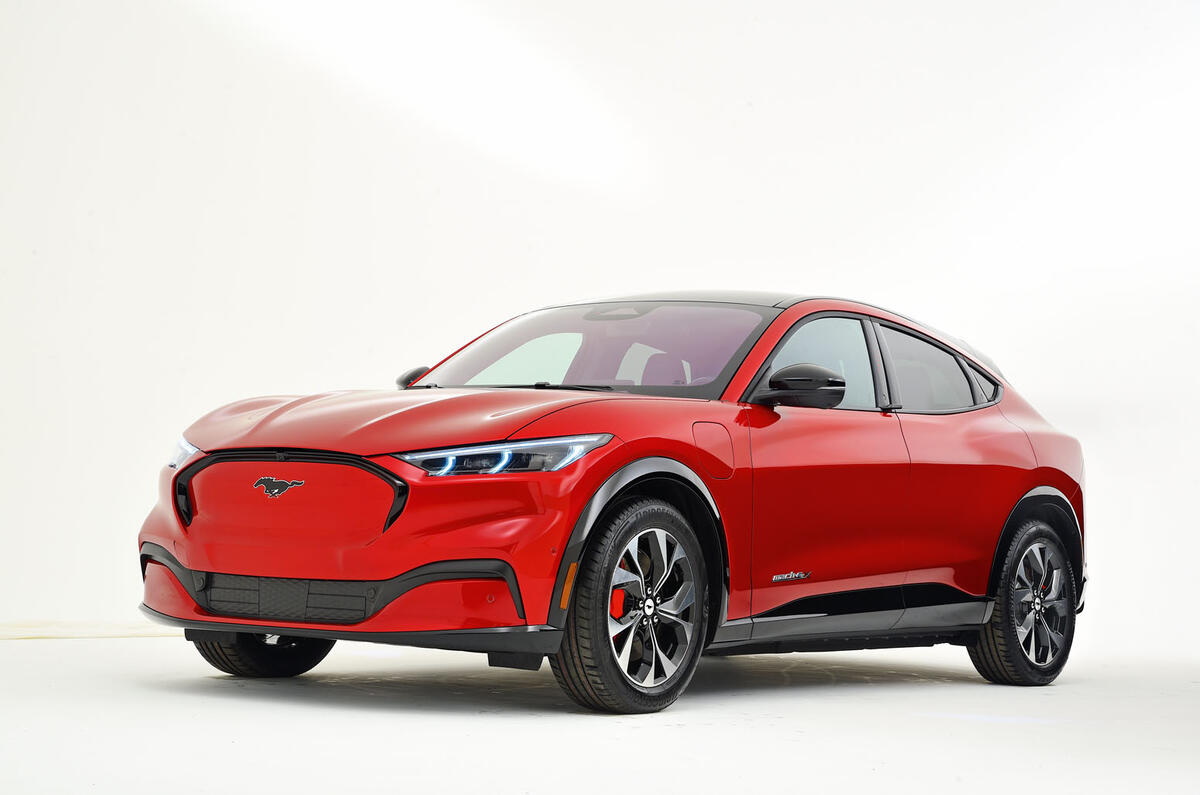
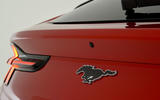
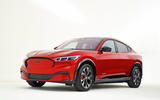






Join the debate
Add your comment
Silly Name
The idea that regular car companies can give themselves a new name and do some funky design and everyone will forget how dull their regular cars are is for the birds.
When was the last time you saw a DS or an Infiniti on the road (other than a 10 year old DS3)?
Ford is going to ruin the value of the Mustang brand for its muscle cars. What petrol head is going to want to brag about having a Mustang if that means a lame electric SUV to most people.
But on the other side, what eco-metropolitain electric car driver is going to want to admit to owning a Mustang when his friends will think he's bought an evil V8 climate destroyer?
Madness - especially when the car involved is potentially very good. Looks like a massive mis-step.
Looks like a BMW X6 with a
Looks like a BMW X6 with a nose job...
Gawd, good that its electric,
Gawd, good that its electric, but who styled that thing- YUK